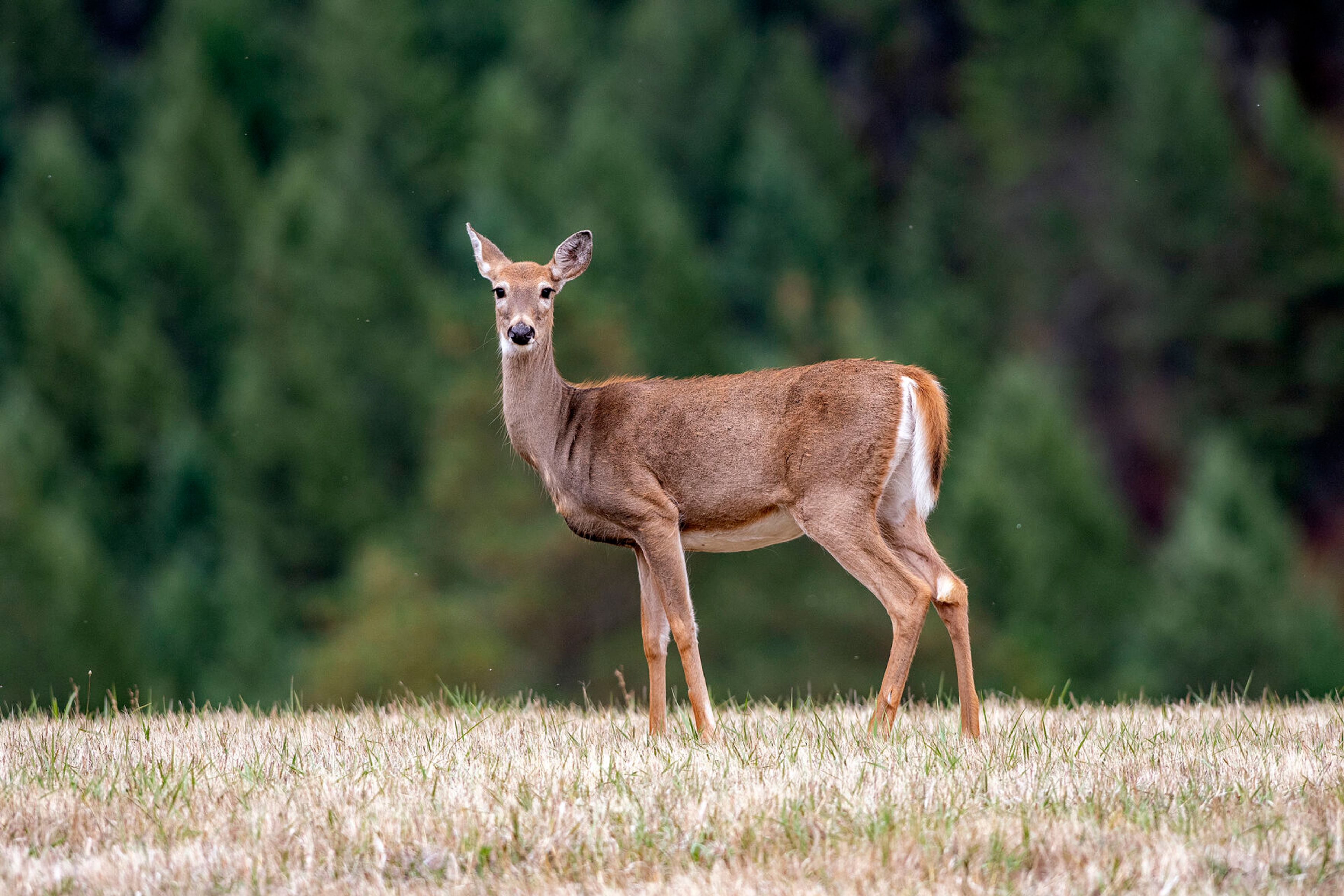Special hunt underway in Idaho Panhandle
Game officials opened a surveillance hunt this weekend designed to determine prevalence of chronic wasting disease
A special deer hunt began Saturday in North Idaho in response to the area’s first case of chronic wasting disease.
The Idaho Department of Fish and Game announced Monday that it planned a surveillance hunt from Saturday to Sept. 1 in a portion of Game Management Unit 1 north of Bonners Ferry.
In a news release, Fish and Game said the hunt is meant to determine the prevalence and distribution of CWD in North Idaho. The Panhandle’s first case of the always-fatal condition was confirmed in a whitetail deer found dead on private land outside of Bonners Ferry in July.
Earlier this month, the Idaho Fish and Game Commission approved offering 300 either-sex whitetail deer tags to Idaho residents for the eight-day surveillance hunt. The hunt will take place in an area bordered by the Moyie and Kootenai rivers.
TJ Ross, a Fish and Game spokesman, said the agency wants to gather at least 200 samples.
Hunters who participate will be required to have their deer sampled for CWD within 24 hours. Fish and Game will run a sampling site during the surveillance hunt at the public overflow boat parking lot near the Boundary County Search and Dive Rescue boat launch in Bonners Ferry.
Each tag costs $10. Any tags that are still available will be sold at the Fish and Game’s Panhandle regional office.
Hunters will be encouraged to quarter their deer in the field, and to leave behind the spinal column and only retrieve the meat and head for sampling. If a hunter’s deer tests positive, Fish and Game will contact them.
Fish and Game officials are also planning weekly “community chats” in Bonners Ferry to share updates on the outbreak and hear from the public.
CWD can infect deer, elk and moose. It attacks an animal’s nervous system and, left unchecked, can have major impacts on wildlife populations.
It is not known to affect humans, but health officials consistently advise against eating meat from infected animals.
CWD has been found in 35 states and five Canadian provinces. Idaho confirmed its first case in 2017 in central Idaho.
The positive hit in Boundary County comes after years of the disease infecting deer nearby. It was known to be present just across the border in western Montana, and earlier this year it was discovered in southeastern British Columbia.
Washington discovered its first case this summer in a deer found dead in north Spokane. Wildlife officials have not announced their next steps in determining the scope of the outbreak.
Staci Lehman, a spokesperson for the Washington Department of Fish and Wildlife, said officials are still firming up plans for special rules and the boundaries for an initial response zone and carcass transport restrictions.
She said that because the deer was found in an urban area — the Fairwood neighborhood — where hunting doesn’t take place, officials are not having serious discussions about a surveillance hunt.




